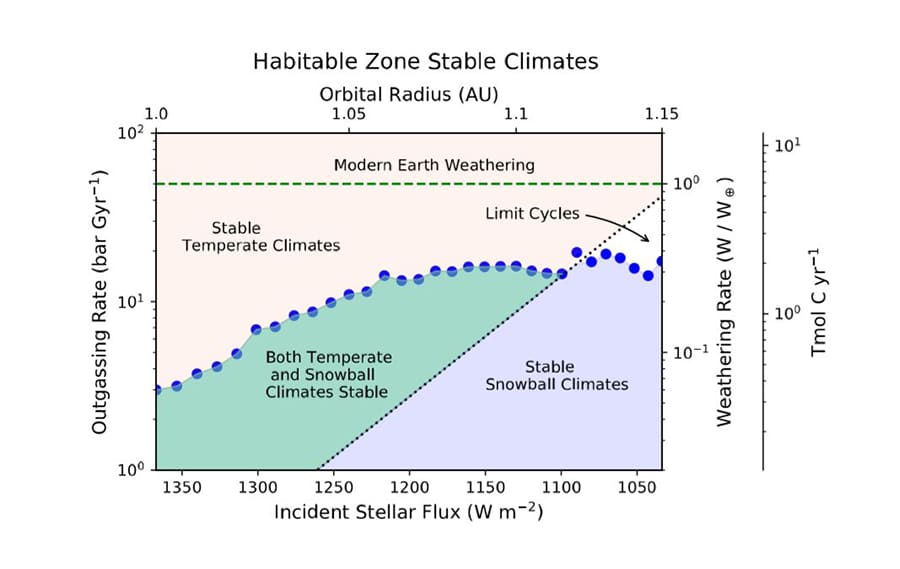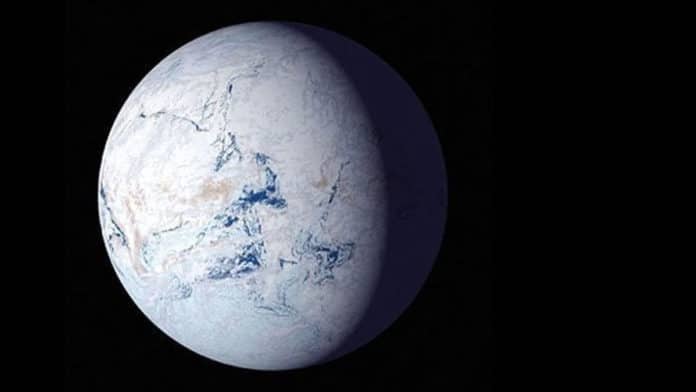When searching for other planets beyond our solar system that could host human life, astronomers and planetary scientists tend to focus more on those that are very Earth-like. But doing so might be limiting our scope too much and deducting life’s hardiness.
New research by a team of astronomers at the University of Toronto shows that icy planets once thought too cold to support life might have livable land areas above freezing, challenging the typical assumption of what kinds of planets might be habitable.
Scientists have long thought snowball planets were hostile to life because of the extreme cold. But the new research finds some snowball planets might have areas of land near their equators that reach livable temperatures.
Our home planet, the Earth, is in the habitable zone where a planet could theoretically have liquid water and temperatures warm enough to support life. But distance isn’t the only factor – previous studies have suggested that planets in the habitable zone could effectively freeze over if their orbits are too elliptical, they’re too tilted on their axis, or other atmospheric and geological processes intervene.
In these cases, the oceans would freeze all the way to the equator, creating a “snowball planet” effect and eliminating the possibility of whatever life may be there.

Geologists suspect Earth has gone through anywhere from one to three snowball phases in the past and that marine microorganism likely survived through at least one of those periods.
Adiv Paradise and his colleagues wanted to know if areas of land on snowball planets could reach life-sustaining temperatures. So, using a computer program, they ran thousands of simulations to explore the temperature fluctuations on theoretical snowball planets, adjusting conditions like the amount of sunlight and configuration of the continents.
The team found that these frozen planets could remain habitable under some conditions. The land areas in the center of the continents away from the frozen oceans could reach temperatures above 10 degrees Celsius (50 degrees Fahrenheit). That’s plenty warm enough for life to exist and to release enough carbon dioxide, further heating the planet and potentially thawing its ice-covered oceans.
The findings in AGU’s Journal of Geophysical Research suggest the boundary between what is a habitable planet and what is not may not be as definite as geologists once thought, according to the researchers.
